
The archaeological site at Cuahilama was occupied by numerous Pre-classical peoples, among them Cuicuilco, Copilco and Tlatilco groups. The area is believed to have been first settled by the Xochimilca Lord, Acatonalli around 1265. Most of the petroglyphs visible in the area are believed to have been carved between 1450 and 1521.
An agricultural people, they survived by using the chinampa system of building plots over the water and grew chiles, beans, and squash, as well as corn, naturally. Cuahilama, a Náhuatl word meaning “head of an old woman” served as an observatory, a shrine, and as a causeway running east – west and providing access to the top of the hill. Here what was likely a ceremonial area was located next to terraced agricultural plots. Residential districts covered much of the area and as did a military training area.
The present site is most famous for the petroglyphs on the hillsides and surrounding slopes. These express Xochimilcas´ cosmological and world views, and have been attributed to ceremonial functions and deity veneration. Among those visible today are the following.
See the Xochmilico Map for ideas on getting there. A taxi ride from most boat launches is usually less than ten minutes.
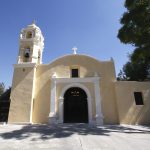
2.07 kms.
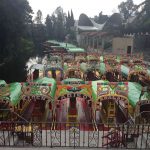
2.32 kms.
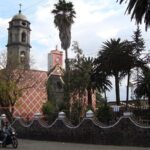
The pueblo and village center around San Pedro Apóstol Tláhuac are worth a trip, and better, a whole afternoon.

The ancient pueblo of Culhuacán is just your first stop on a trip into Iztapalapa's fascinating, very long history.
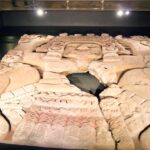
One of the most important sites in the city, even today, don't miss the chance to visit the Templo Mayor.
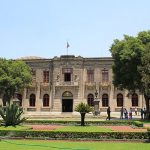
Chapultepec Castle is one of the premier sites in the city, and one of the highest you can visit, too!
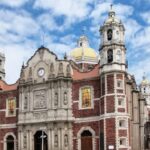
The Old Basilica de Guadalupe is, for some visitors, even more interesting than the new one!